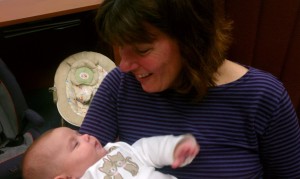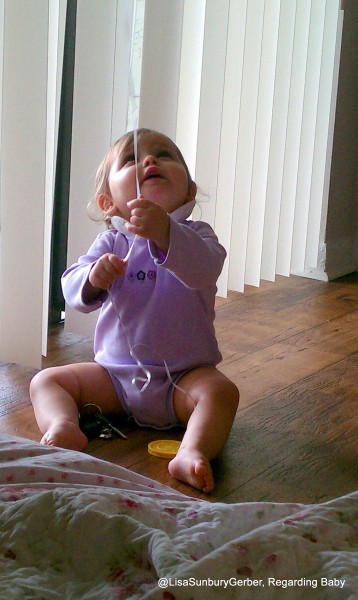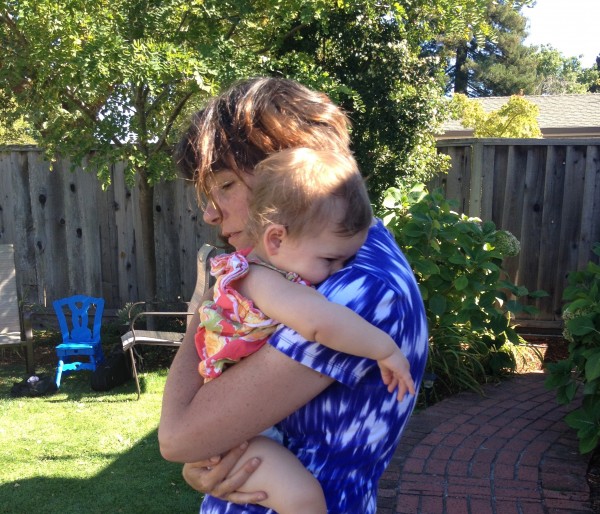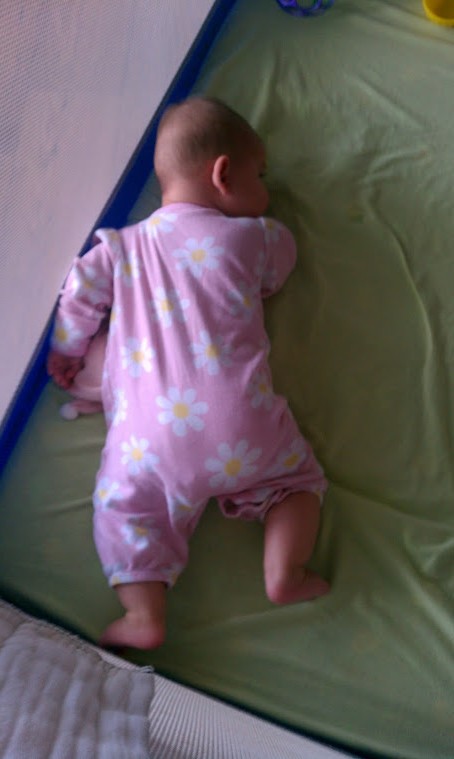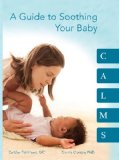I am so excited and honored to be teaming up with Janet Lansbury to offer an afternoon question-and-answer symposium in Santa Cruz, CA, on October 7, 2017. I hope some of you will be able to join us. It is sure to be a lively discussion! Tickets are available now, and you can purchase them by clicking on the link below.


